Educator Corrina Hargett Grows Student Connection to School Food – School Lunch Week 2023
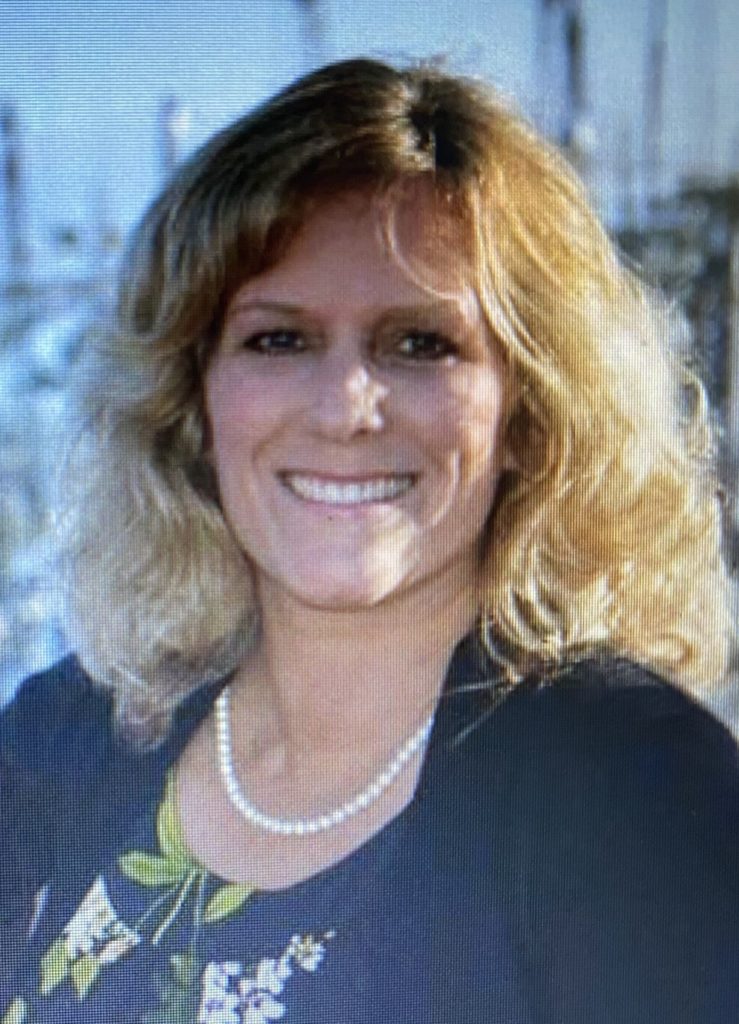
Happy School Lunch Week! This year, Pilot Light is all about Celebrating School Food though sharing stories of classroom connection and mealtime memories from our community of educators, chefs, staff, and other supporters.
Today, we sat down with Pilot Light 2022-23 Fellowship Alum Corrina Hargett, a 9th-12th grade Career and Technical Education (Early Childhood Education, Intro to Teaching, Psychology, Computer Science) and Family Relations Educator in Newport, OR. to discuss her partnership with her school food and gardening teams. This partnership was years in the making, and their collaboration deepened during Corrina’s time in Pilot Light’s Food Education Fellowship. Corrina, along with her school’s nutrition team and school garden coordinator, wanted to find a way to involve students in the process of growing the food served in the cafeteria. Their goal was to promote student participation in school lunch by giving them hands-on roles in their school’s food system. Over the course of the year, students took on leadership roles in the garden, and worked with Corrina and Sarah to learn how to grow and prepare their own food and herbs.
Pilot Light (PL): How did the idea of this partnership come to you?
Corrina Hargett: When I was first teaching Early Childhood education, I came across Farm to School programs and I was inspired by Michelle Obama’s “Let’s Move” campaign* back in 2010. I was working with young students at the time and they were able to go out into the garden and they prepared healthy snacks for our preschool students for years.
About five years ago, some graduating students went back to the elementary school for a visit and they saw that the fresh foods they had access to were no longer available for the next generation of students. A group of parents also got involved and advocated for fresher, healthier food options. Our principal loved the idea and got involved with bringing the school garden program back.
During the COVID shutdown, our school food team got very involved and energized by delivering lots of meals to families in our school community. Once I saw all these pieces individually, the idea of them coming together just made sense: if we’re going to be growing food on school grounds, let’s figure out how to translate that to our school cafeteria!
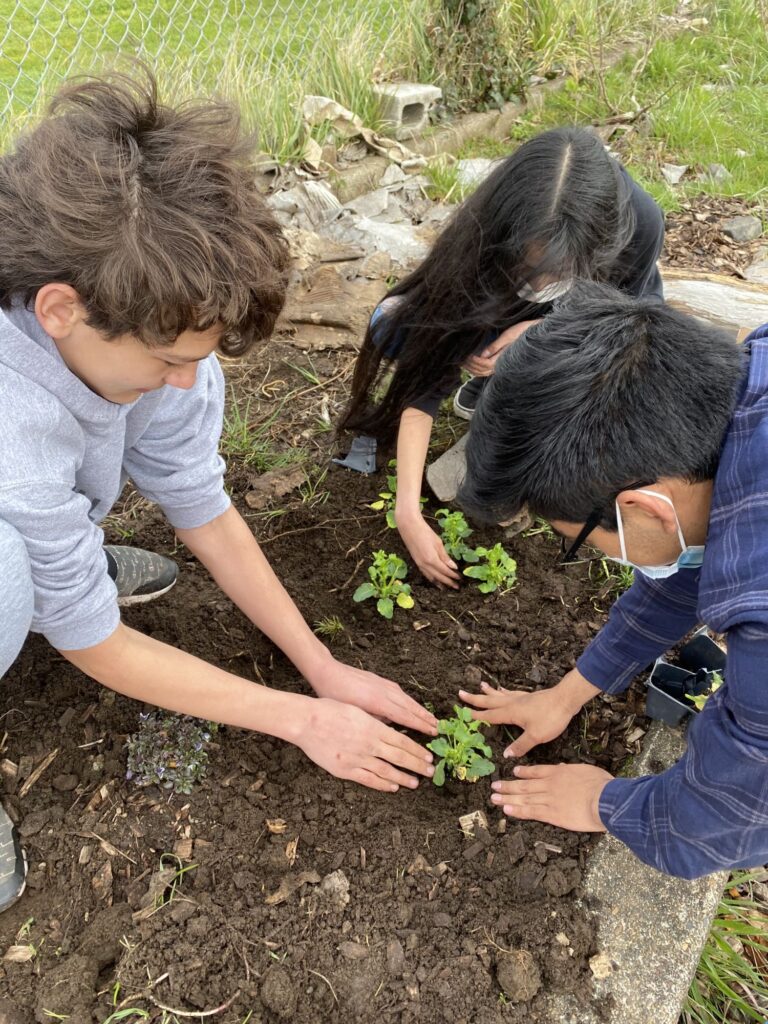
We are also a free and reduced lunch school, meaning we offer free lunch and breakfast to all students. Part of the goal was finding new ways to boost student participation so more kids would get involved in this amazing resource that our school already offers.
*Fun fact – this initiative was also the inspiration for the founding of Pilot Light! Learn more about the history of Pilot Light here.
PL: How did this project impact your classroom environment?
Corrina Hargett: Something that was great about the project was that students from all of my subject areas were able to own a piece of it in some way.
My Computer Science students got to help build the garden beds. Even my homeroom students got into interact with our Grow Tower since I had it in my classroom. I think just having living plants growing helps the kids in their environment for learning.
PL: How did these experiences change student mindsets during the school year?
Corrina Hargett: For me, it’s always interesting because some of the kids who are more shy or might be quieter in class have a very strong sense of confidence in the garden…that to me is one of the most special things.
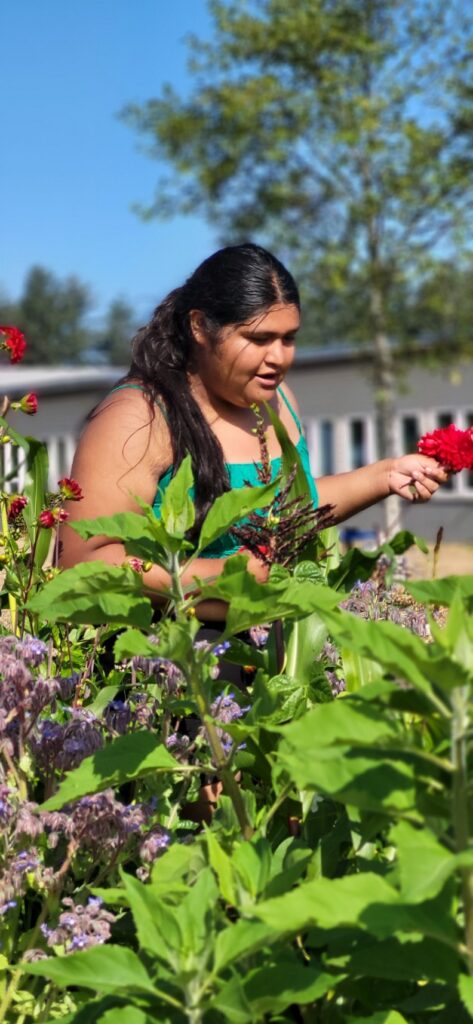
We also had students make handmade tortillas with a press, and it was the same thing. A lot of our Hispanic students last year really took this project and ran with it. I think it was a way to celebrate student strengths.
[Our school garden coordinator] Sarah Gibson has also talked with my classes a lot about the importance of spices: how we can bring in enhancing spices to make our food taste more delicious. Last year, students helped grow things like rosemary and coriander that the nutrition services team use in the cafeteria.
Right now, there’s competition in our area for students’ choices at lunchtime. We’re working to help them understand the value of a dollar, and how to save money while also taking pride in the work we’re doing. They’re helping grow the food, so they know where it’s coming from — it’s not salad from a bag, it’s coming from our Grow Tower.
Sometimes, the food didn’t even make it to the cafeteria – students were just harvesting radishes and just ate them! Strawberries never make it out of the garden. Same thing with peapods – some things, students eat them almost as quickly as it can grow. That, to me, is really exciting.
I’ve had some students sample freshly grown produce in the garden and say things like “this isn’t broccoli, I don’t like broccoli!” They’re noticing that it tastes different and fresh straight from the garden.
“The other piece that is important to instill in students is how important it is to be self-sufficient and be able to sustain our own nutritional needs. Sarah was just talking yesterday about how the recent heatwave in California made a lot of the lettuce molt. We’re growing spinach and arugula in our Grow Tower, so, we’re trying to show our students how we’re blessed here in Oregon to have access to lots of great natural resources and agriculture.”
PL: What experiences in the garden got your students engaged and excited to participate?
Corrina Hargett: The one garden item I see them get the most excited about is strawberries. They love to be the ones who weed in the spring because they can be the first ones to discover the strawberries coming up. We have berries that keep growing through the summer and into the fall.
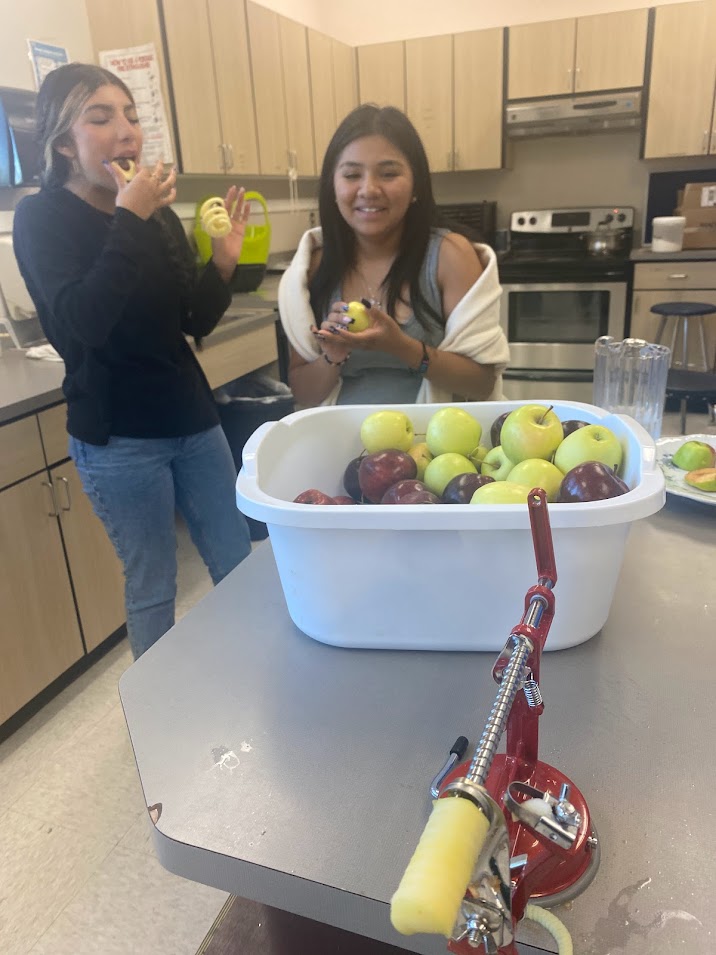
We also had an apple tree that did really well this year. Between apples, strawberries, blueberries, sweet peas…I think students get excited when they see something that went into the ground as a seed come up and turn into something new. They’re like, “it really is growing!”
There’s a number of students that also take a lot of pride in the hard work they put into the garden. Being able to say “I cleaned up that patch — that’s my spot.” I think it really addresses overall wellness. There’s also the social aspect: being out in the garden with your friends watering and planting. I’ll have students take turns when they need a wellbeing break during the day. I have over 214 high school students per day – the garden gives us the opportunity to work together as a team. We all have this vision that is going to benefit the entire school by bringing what we grow into the school cafeteria. This is where we say, “this is how we benefit the school.”
PL: I think we’ve been hearing more and more classroom stories that speak to that aspect in recent years: we hear from educators that hands-on Food Education experiences let more students shine and participate in ways that make them feel confident and empowered.
Corrina Hargett: To add to that, I was asking my class just the other day about what their favorite family recipes and meals are as way to start conversation. My Special Education students really were comfortable and excited to talk about it because it was something they knew…they didn’t struggle with it at all.
“I think for me the garden has always been all-inclusive. Even the weeds have some importance to the system. I think it’s a really important representation of how everyone has a space and a place. The garden is accepting of everyone. Even if we try something and it doesn’t work out, that’s okay. We’re going to keep trying.”

PL: What do you see the future of the partnership becoming?
Corrina Hargett: Last year went by so fast, and I think we were only able to scratch the surface of what’s possible.
Just this morning, the school nutrition team brought homemade granola bars and fresh apples to the students during homeroom. Nutrition Services is really showing that they want to support the students’ learning and their school environment. I think it’s having a really positive impact – just for the students to know that we care about their nutrition is really big.
This week, we had our first Garden Club meeting of the year. We’re talking about surveying the students so we can reflect more of their voices into our plans for the future. We want to find out what food they’re looking for in the cafeteria and give them a voice. We just had Hispanic Heritage Month, and we’re looking at other celebrations that we can do over the course of the year to help bring in other cultures and give the students maybe some more familiar foods that are also healthy.
We’ve also added an endless soup and salad bar this year, so in addition to the entrees being served, students can have as much soup and salad as they want.
This summer, I had students who worked in the garden get to come back as paid garden interns and continue to cultivate what we started growing last year. They’re excited to build on the work that we started and continue to see what they planted grow and change.
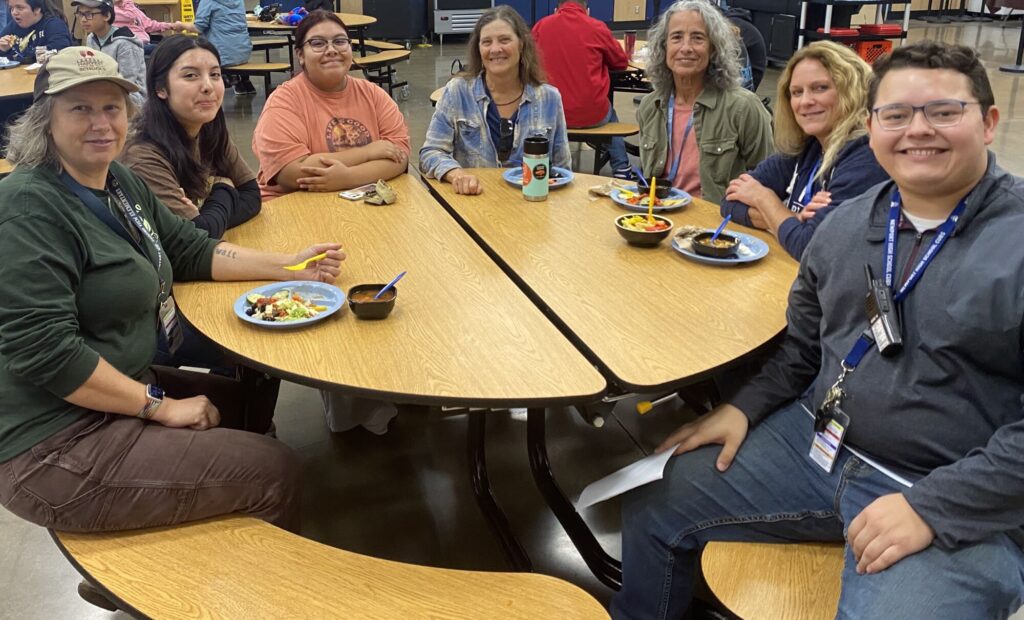
PL: Did you learn anything new about the world of school food and nutrition while working on this project?
Corrina Hargett: I think our nutrition team is amazing, but they have a lot of regulations and things that they have to work in. I don’t think everybody really understands the parameters that they’re working under.
Then, it’s just the sheer number of people that they’re providing nutrition for, especially when you compare it to regular family-size meals that we prepare at home. Proportionally, that’s a huge difference. I admire how seriously they take their jobs.
Sarah Gibson and our Nutrition Service Lead Jamie Nicholson just attended a Farm to School seafood event in Portland. That meant we got to have shrimp in our school lunch and even serve ceviche – we’re really trying to source local seafood in addition to the garden produce, so that’s exciting.
PL: Do you have any favorite cafeteria memories, either from your time as a student or a as a teacher, that you can leave us with today?
Corrina Hargett: A favorite memory in recent years has been recruiting students for our community service clubs during lunch time. I lead our Junior Optimists Club, and it was great to go in to the cafeteria and actually recruit freshman students who committed to a full four years of our club. That class just graduated last year, but now their younger siblings and other students are carrying it on.
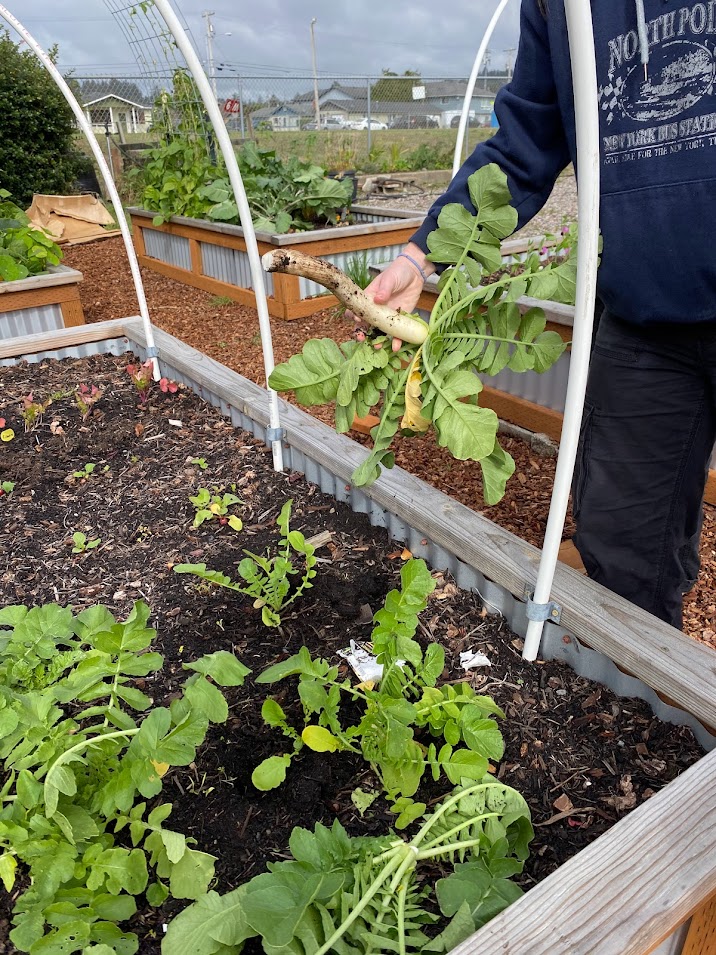 I would really like to see the Garden Club actually have a presence in the cafeteria itself and become a part of making that environment one that feels good for everybody to come together in. We also might try to have students invite teachers to the cafeteria to celebrate School Lunch Week this year…we’re trying to find ways to make the cafeteria more appealing so kids feel that they have a safe place to go.
I would really like to see the Garden Club actually have a presence in the cafeteria itself and become a part of making that environment one that feels good for everybody to come together in. We also might try to have students invite teachers to the cafeteria to celebrate School Lunch Week this year…we’re trying to find ways to make the cafeteria more appealing so kids feel that they have a safe place to go.
Another fun memory is that I have a former special education student who, since graduating, joined our cafeteria team and works every day with the nutrition services team. He’s been very successful as a school employee, so that’s been another highlight for me. It’s great to see local students graduate and enter the food service team and stay a part of our school.



